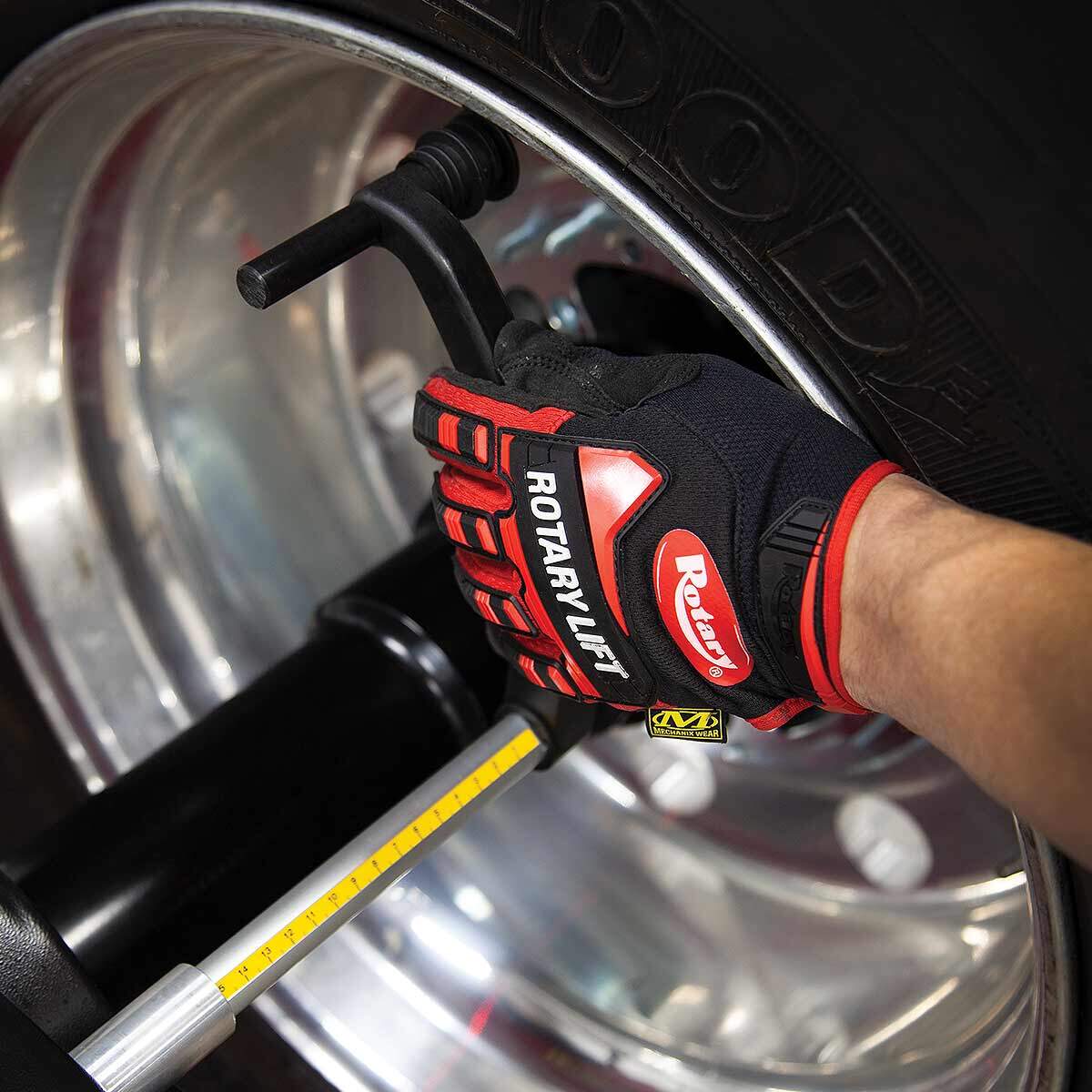1- Introduction
Taking tire care seriously not only keeps your vehicle running efficiently it can literally save lives, A well-maintained set of tires makes driving smoother, more economical, and far safer for everyone on the road, Your tires are the only part of your vehicle that touches the road yet they’re often overlooked when it comes to routine care,
Rotating your tires regularly and keeping the pressure at the recommended level helps maximize their lifespan, boosts fuel economy, and keeps your ride safer on the road, In this article, we’ll explore how tire rotation and pressure work together and why they matter more than most drivers realize.
🗂️ Table of Contents
2- Why Tire Maintenance Matters 🚗
Tires affect everything from braking distance to fuel economy and overall handling, When your tires are well-maintained, you gain better control on the road and avoid premature wear, Neglecting them can lead to uneven tread, blowouts, or even accidents, Proper tire care isn’t just about preventing flats it directly affects braking efficiency, cornering stability, and road comfort, A worn-out tire can increase your stopping distance by several feet, which might be the difference between a close call and a collision.
3- What Is Tire Rotation? 🔁
Tire rotation is the practice of repositioning your vehicle’s tires typically front to rear or diagonally on a scheduled basis, This promotes even tread wear and extends the overall lifes pan of your tires, This helps balance the wear on all four tires, since front and rear tires wear differently, There are different tire rotation patterns based on the type of vehicle and whether it’s front-wheel, rear-wheel, or all-wheel drive, Popular patterns include front-to-rear, cross, and X-pattern, Refer to your vehicle’s manual or ask a certified technician to ensure you’re following the proper rotation pattern for your specific car model.
4- How Often Should You Rotate Tires? 📆
Automakers generally advise rotating your tires between every 5,000 to 7,500 miles, depending on your driving habits and vehicle type, However, if you drive in extreme conditions like frequent high speeds, frequent cornering or driving on uneven roads may require shorter intervals between rotations.
5- Benefits of Regular Rotation 💡
✅ Even tire wear
✅ Longer lifespan for all tires
✅ Improved handling and safety
✅ Better traction and smoother ride
✅ Saves money on early replacements
6- Understanding Tire Pressure 🧭
Tire pressure refers to the air force inside your tires, typically measured in PSI pounds per square inch which ensures optimal contact with the road, You can find the recommended PSI in your vehicle’s manual or on a sticker inside the driver’s door frame.
Modern cars often include a TPMS (Tire Pressure Monitoring System), but it’s still important to manually check pressure monthly, Relying solely on warning lights can delay your response to minor yet dangerous underinflation.
7- Effects of Incorrect Pressure ⚠️
🔻 Low pressure causes tires to flex too much, increasing friction and heat, This leads to reduced fuel efficiency and higher risk of a blowout.
🔺 Overinflated tires have less contact with the road, causing uneven wear and poor traction, especially in wet conditions.
Poor tire pressure also accelerates tire wear unevenly causing sidewalls or centers to wear faster, This reduces the usable lifespan of each tire and can void your warranty if not properly maintained.
8- How to Check Tire Pressure Properly 🛠️
Use a digital or manual tire pressure gauge, Measure tire pressure when the tires are cold preferably before the vehicle has been driven for the day for the most accurate reading, Remove the valve cap, press the gauge firmly, and compare the reading to the recommended PSI, Add or release air as needed, For best accuracy, check tires in the morning or after the vehicle has been parked for several hours, Air expands with heat, so driving beforehand may give false high readings.
9- Seasonal Changes and Tire Pressure ❄️☀️
Colder weather lowers tire pressure, while hotter weather increases it, As seasons shift, check your tire pressure at least once a month, A sudden cold front can make your tires underinflated overnight.
10- Warning Signs You Shouldn’t Ignore 🚨
🚨 Uneven tread wear
🚨 Pulling to one side
🚨 Low fuel economy
🚨 TPMS warning light
🧠 Story: Sarah ignored her TPMS warning light for weeks, One tire slowly deflated, and she lost control during a rainstorm, A simple $2 air refill could’ve avoided it.
Other signs include visible cracks on the sidewall, a bumpy ride, or vibrating steering, Always check tread depth using a penny or tread gauge if you can see Lincoln’s head, it’s time to replace the tire.
11- Real-World Example 🧠
🧠 Mike from Colorado skipped tire rotation for 2 years, When he finally replaced his tires, the fronts were bald while the rears had half their tread left, The mechanic told him that regular rotation could have doubled the life of all four.
12- Final Thoughts ✅
Tire pressure and rotation may seem like minor maintenance tasks, but they play a huge role in your safety and your vehicle’s health, Check your pressure monthly, rotate on schedule, and treat your tires like the lifesaving tools they are.
Taking tire care seriously not only keeps your vehicle running efficiently it can literally save lives, A well-maintained set of tires makes driving smoother, more economical, and far safer for everyone on the road.
➡️ Internal Links :
Dashboard Warning Lights: What They Mean & What You Should Do
📌External Trusted Sources :

